Reviewed by Julianne Ngirngir
The value proposition that made Google's affordable earbuds so appealing might be shifting. Recent leaks suggest the upcoming Pixel Buds 2a could carry a significantly higher price tag than their predecessors, potentially disrupting one of the best deals in the wireless earbud market. 9to5Google reports the Pixel Buds 2a will start at €149, up from the existing A-Series price of €109. That's a roughly 37% price increase—pushing Google's "budget" option into mid-tier pricing territory, directly competing with established players like Sony and Jabra rather than undercutting them.
Here's what makes this particularly telling: Google's current A-Series earbuds launched at just $99 and frequently drop to as low as $59 during sales. The new 2a model appears positioned to bridge the gap between the budget A-Series and the premium Pro 2 line, which retails for $229. This creates Google's first three-tier earbud strategy—a move that signals they're serious about extracting value from different market segments rather than simply offering a basic alternative.
What's driving the price increase?
The leaked Pixel Buds 2a aren't just getting a price bump—they're gaining the one feature that previously justified the Pro premium. 9to5Google reveals the 2a will include Active Noise Cancellation, with 7 hours of listening time with ANC enabled and 20 hours with the charging case. This battery performance actually exceeds many competitors at this price point, suggesting Google is positioning for premium comparisons rather than budget ones.
The upgrade addresses a fundamental limitation that kept the A-Series relegated to basic use cases. The original A-Series struggle to isolate frequencies below 4kHz, making them less effective in noisy environments like commuter trains or busy offices. By adding ANC to the 2a, Google transforms their mid-tier option from a compromise choice into a legitimate competitor against established ANC earbuds.
However, strategic limitations remain. The charging case still lacks wireless charging support, and premium features like Conversation Detection stay exclusive to the Pro line. It's available in just two colors: purple and a darker shade, compared to the four colorways typical of other Pixel Buds models. These omissions aren't accidental—they're calculated moves to maintain clear upgrade paths to the $229 Pro 2.
How this fits Google's broader pricing strategy
Google's earbud evolution mirrors their smartphone playbook but with a crucial difference: unlike smartphones where features trickle down over time, audio hardware requires expensive components that resist cost reduction. The original Pixel Buds Pro launched at $199 but the Pro 2 jumped to $229—a strategic $30 increase that established premium positioning against Apple's ecosystem.
This tiered approach creates upselling opportunities that weren't possible with just two models. Instead of customers choosing between "cheap" and "expensive," they now navigate "good," "better," and "best" options. The 2a fills the crucial $150 sweet spot where many consumers become willing to pay for meaningful upgrades like ANC, while the Pro 2's $229 price point targets users who want cutting-edge features like Gemini Live support.
The timing aligns with broader industry trends. Apple's AirPods Pro cost more than the Pixel Buds Pro 2, giving Google room to raise prices while remaining competitive. As earbuds evolve beyond simple audio consumption into health monitoring and AI integration platforms, premium pricing becomes easier to justify.
What this means for budget-conscious buyers
The Pixel Buds 2a price increase reflects a fundamental shift in what qualifies as "affordable" in the earbud market. At €149 (likely around $149-159 in the US), these won't compete with truly budget options anymore. Instead, they're positioning as the entry point to premium features—the first step users take when basic earbuds no longer meet their needs.
This creates urgency for current budget shoppers. The original A-Series frequently drop to $79 during sales and offer solid performance for users who primarily need Google Assistant integration and basic audio quality. Once the 2a launches, these deals may disappear as Google phases out the older model.
For users caught between price points, the 2a represents interesting value. With 7 hours of ANC listening time versus the Pro 2's 8 hours, you're getting 87% of the premium experience at approximately two-thirds the price. That's compelling math for Android users who want ANC without paying for features like wireless charging they might not use.
However, this squeeze could benefit competitors. Budget-focused brands now have clearer space below Google's new pricing floor, while established players like Sony and Bose can compete more directly at the $150 tier without Google undercutting by $50.
Where Google's audio strategy is headed
Google's pricing evolution suggests they're transitioning from market disruption to market expansion. The Pro 2 already match or exceed competitors in key metrics like noise cancellation and battery life. By creating comprehensive product tiers, Google can capture more market segments without cannibalizing their high-margin Pro sales.
The integration advantage remains Google's strongest differentiator. Features like Gemini Live support and seamless device switching work best within Google's ecosystem. As AI features become more sophisticated and exclusive to newer hardware, expect these advantages to justify increasingly premium pricing across all tiers.
During our testing of both Pro generations, the ecosystem benefits became clear during daily use—automatic device switching worked flawlessly, and Google Assistant integration felt more natural than competing voice assistants. These software advantages cost Google little to implement but create significant switching costs for users invested in other platforms.
PRO TIP: If you're happy with basic functionality and don't need ANC, grab the current A-Series while they're still available at their lower price point. But if you've been waiting for affordable noise cancellation from Google, the 2a might justify the premium when they arrive later this year—just don't expect the budget pricing that made the A-Series so appealing.








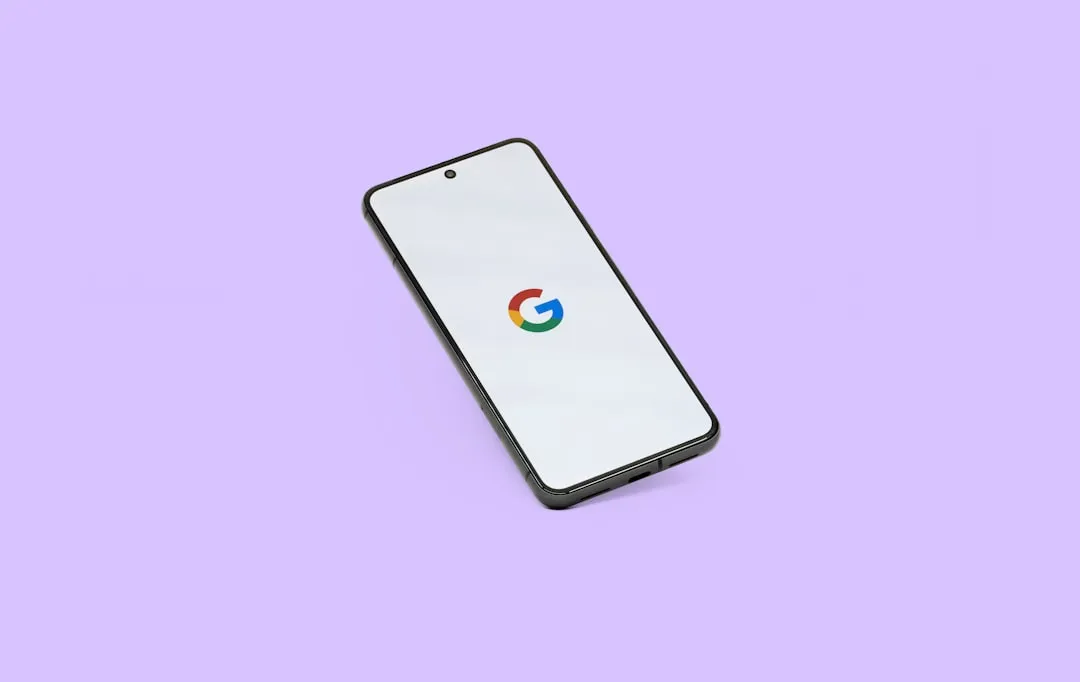

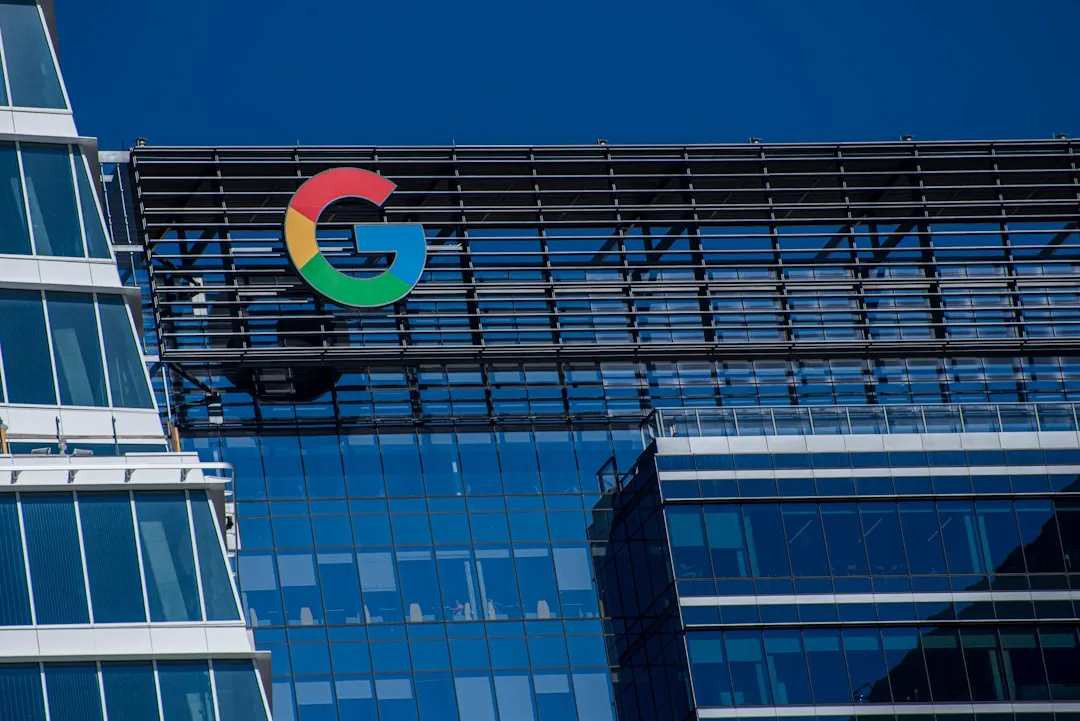
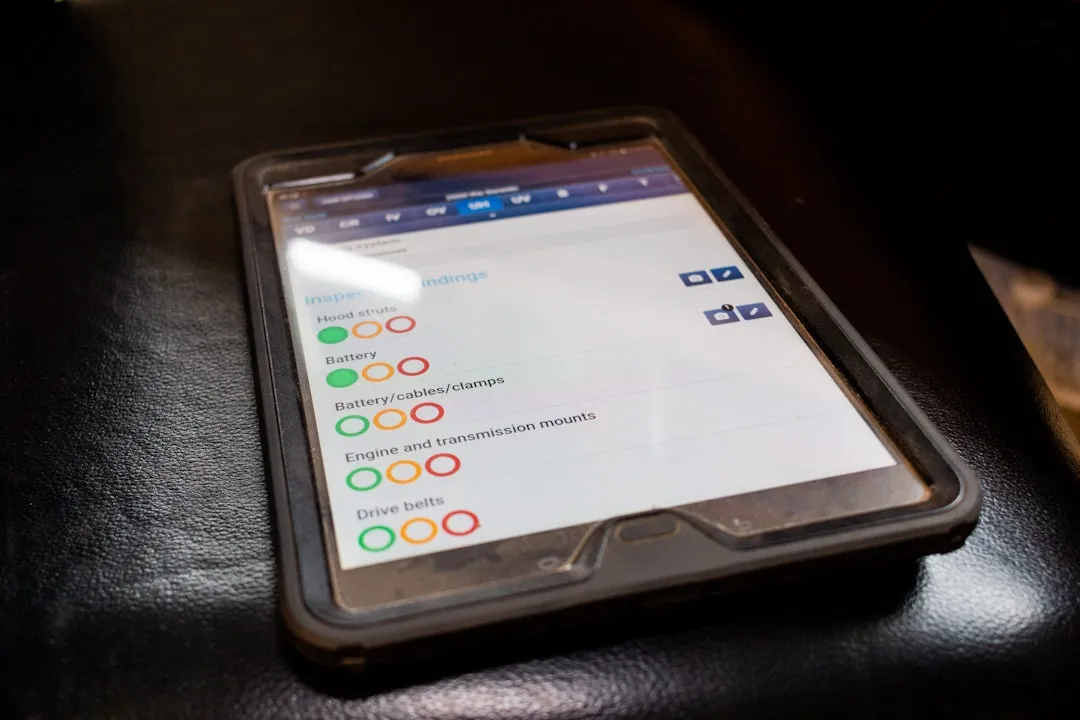







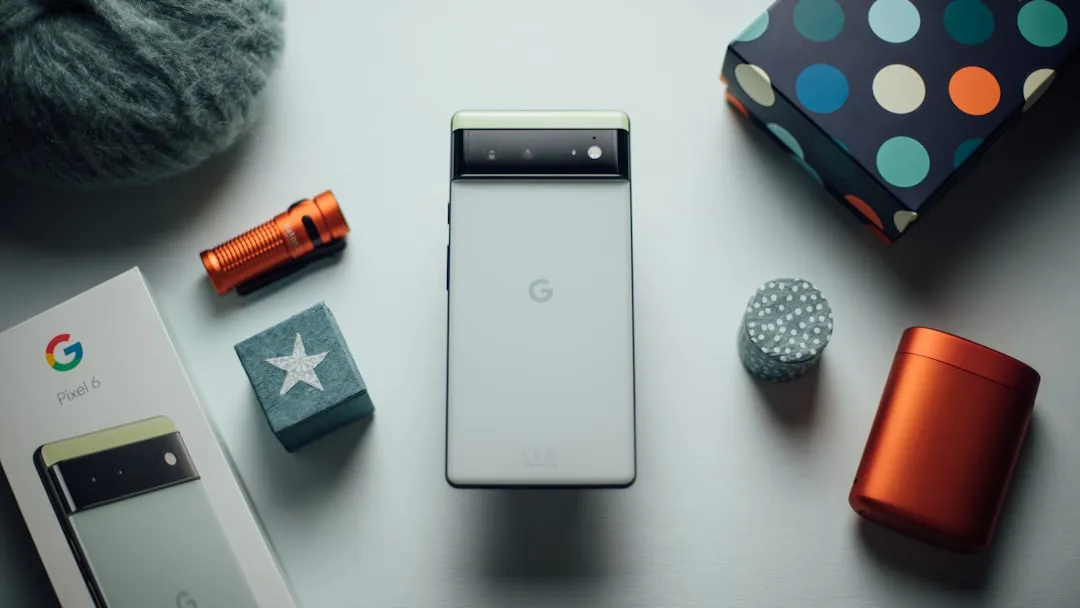

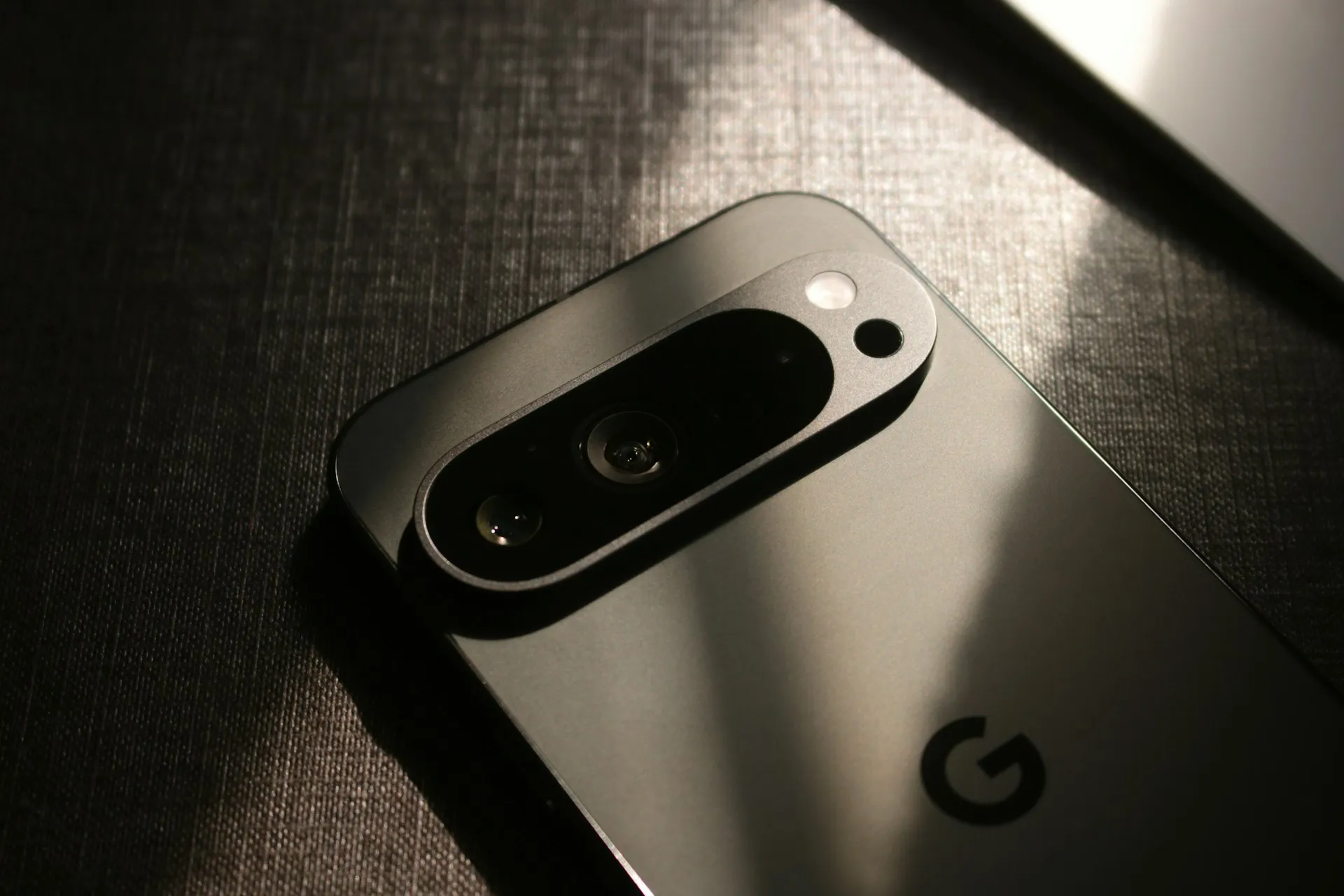
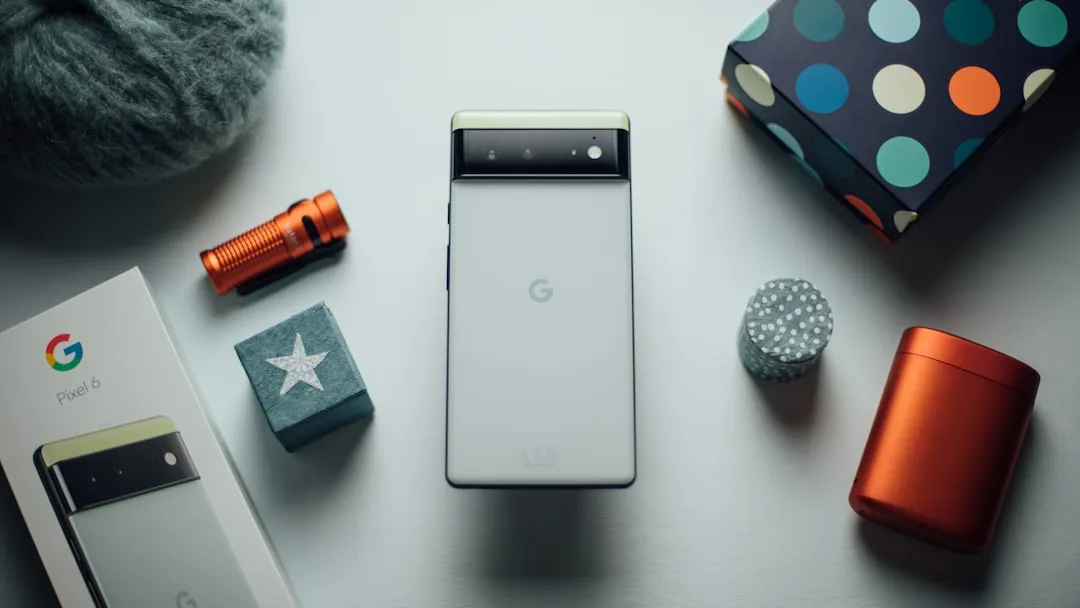
Comments
Be the first, drop a comment!